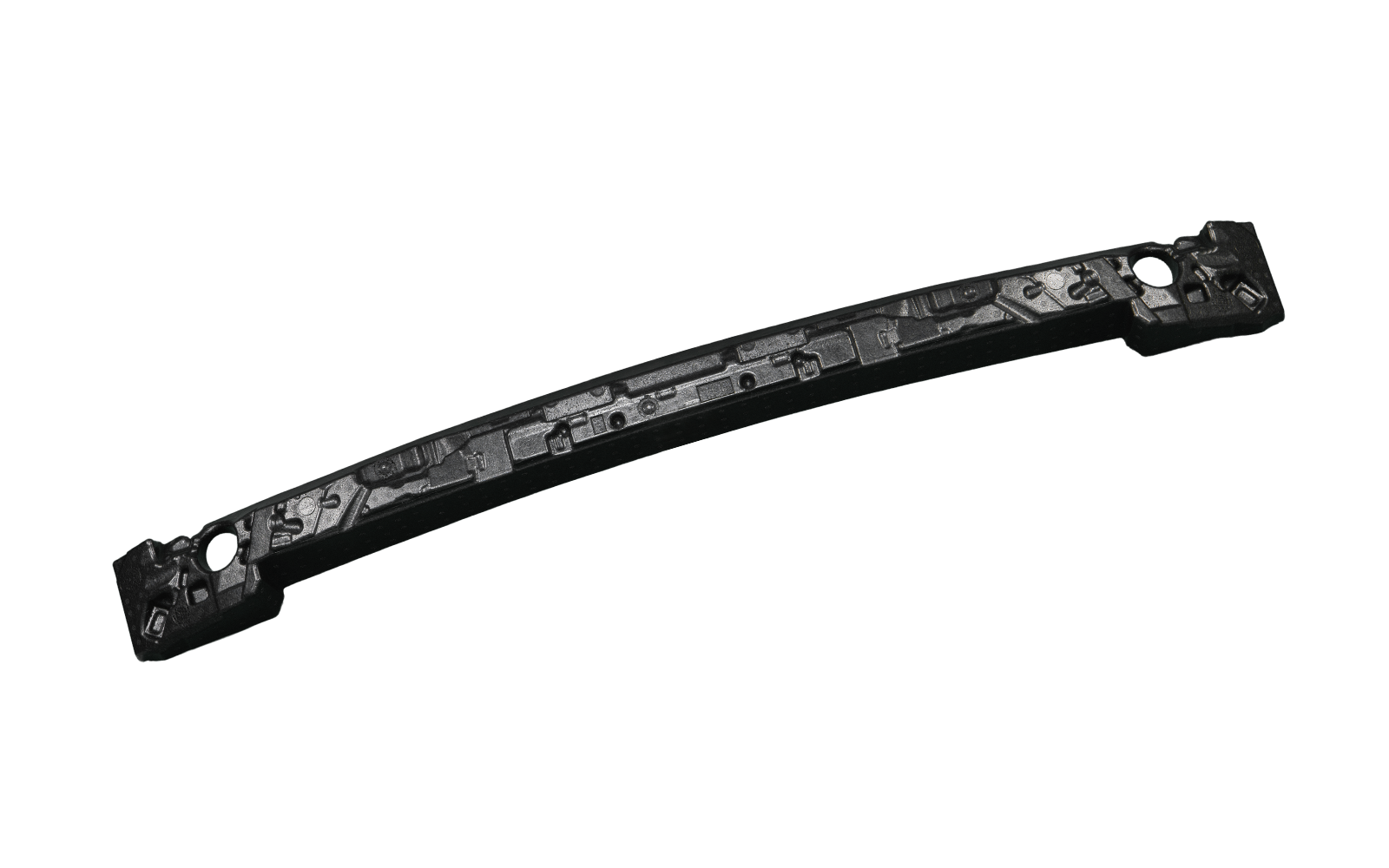Driving a car requires the driver to have constant access to certain key information – you'll find it right on the dashboard. It is a kind of command center of the car, which includes clocks, gauges, switches and many other important elements.
The dashboard – the key element of car equipment
It would not only be difficult but also dangerous to operate a car without a dashboard. The car dashboard performs many important functions, which often provide drivers with invaluable help. This is where you can adjust the air conditioning or heating, operate individual lights or monitor the car's performance; it is also the location of the airbags for both driver and passenger. What is more, the lights on the dashboard allow you to quickly identify problems with various components of the vehicle.
A car cockpit is not limited to buttons and switches. There are also many functional elements which, although not essential, significantly increase the comfort of driving. These components include radio, navigation or a cigarette lighter socket where you can connect many different devices. In addition, there are storage compartments, shelves and air vents.
See more: Knauf Automotive offer of EPP car components
What are the elements of a cockpit?
A cockpit is located under the windshield of the vehicle. Thanks to this, the driver has easy access to it and does not have to divert his attention from driving to turn on the lights or adjust the air conditioning. Moreover, the individual elements of the cockpit are arranged in a similar way regardless of the car model. As a result, changing a car does not necessarily mean abandoning your habits.
A car cockpit can be divided into two main parts. The first is located just behind the steering wheel and the second – to the right of it, in the area between the driver's seat and the passenger seat. The exact list of elements found in each of these sections depends mainly on the car model and its version of equipment. However, we can distinguish several parts that can be found in almost every car. Behind the steering wheel you will find the dashboard, which may include:
- a speedometer and a tachometer,
- an odometer (of the total distance or of the current distance),
- a coolant and engine oil temperature gauge,
- a fuel level gauge,
- dashboard lights – these can indicate when the lights are on, warn of component failures, or indicate problems that prevent further driving.
This part of a car's cockpit also includes various controls and switches. Other components that are closer to the passenger typically include:
- a radio,
- a cigarette lighter socket (12 volts),
- a cabin temperature regulator,
- an air-conditioning system,
- a navigation system,
- storage compartments and shelves.
Read also: Molded foam in the automotive industry – durable components made of lightweight material
What do the dashboard symbols mean?
Every driver should know what the various dashboard signs mean. Why is it so important to know them? Dashboard lights are an extremely useful source of information about what is currently happening in the car. In the case of potential malfunctions, they allow an immediate reaction as well as indicate low levels of various operating fluids.
Dashboard symbols can be divided into three basic groups:
● information lights (green, blue or white) – indicate available or currently activated vehicle functions (e.g. low and high beam, cruise control, turn indicators),
● warning lights (orange or yellow) – indicate problems that allow you to continue driving but require you to visit a gas station or service station as soon as possible (e.g. insufficient tire pressure, damage to glow plugs, low fuel level)
● Emergency lights (red) – light up when there are problems that may constitute a problem for further driving (e.g. a weak battery, no brake fluid or a low level of engine oil).
Dashboard cleaning
A dashboard has many functions in a car – it is not only an element affecting the comfort of driving, but also ensures the safety of the driver and passengers. That is why it is worth keeping the dashboard clean, so that all the information displayed is legible and the car systems can operate without any problems. Among the preparations available on the market, there are pressurized aerosols or agents administered in the form of an atomizer. Some of them are prepared on the basis of ingredients insoluble in water and some on the basis of silicone emulsion. Products of this type can also be divided according to their properties: high gloss, satin gloss or matte. Professional restoration of the dashboard may also be a good idea.
Read also: Surface decoration techniques of plastic car parts
Top quality cockpit elements thanks to EPP foam

The cockpit contains quite a lot of important and, above all, delicate elements. For this reason, its construction should consist of materials of the highest quality, minimizing the risk of mechanical damage due to shocks, which are an inherent part of driving a car. One of such materials is the shock-absorbing EPP foam (expanded polypropylene), which is widely used in this field. What is more, foamed polypropylene is also a guarantee of driver safety in case of an accident. This material protects against injuries, which is why it is increasingly used in modern vehicles. At Knauf Automotive we are opride to be one of the companies supplying components made of this outstanding material. For the last 20 years we have been developing this technology for the largest manufacturers in the automotive market for many years.
See more: Interior EPP & EPS components produced by Knauf Industries Automotive